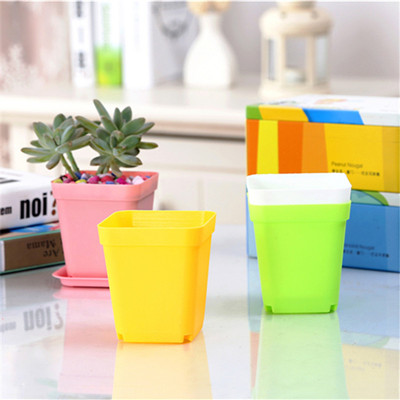As sustainable practices take center stage, the role of plastic plant pots in gardening is evolving. Innovations in materials and design are shaping the future of these pots, aligning them with eco-friendly aspirations.
The advent of bioplastics has introduced a sustainable alternative to traditional plastic. Derived from renewable sources, bioplastics offer reduced carbon footprints and enhanced biodegradability. As these materials advance, they could replace conventional plastics in the production of plant pots, minimizing environmental impact.
Furthermore, recycling initiatives are gaining momentum in the horticultural realm. Efforts to collect and recycle used plastic pots are increasing, diverting waste from landfills. Some manufacturers are even experimenting with closed-loop systems, where old pots are collected, processed, and used to create new ones.
In terms of design, modern plastic pots are being crafted with aesthetics and sustainability in mind. Sleek, modular designs allow for easy transportation and storage, reducing the carbon footprint associated with shipping. Self-watering and hydroponic systems integrated into plastic pots enhance water efficiency, a crucial aspect of sustainable gardening.
In conclusion, the evolution of plastic plant pots reflects a commitment to sustainability and innovation. Bioplastics, recycling programs, and thoughtful design adaptations are reshaping these pots into eco-friendly tools, paving the way for a greener and more responsible future of gardening.







